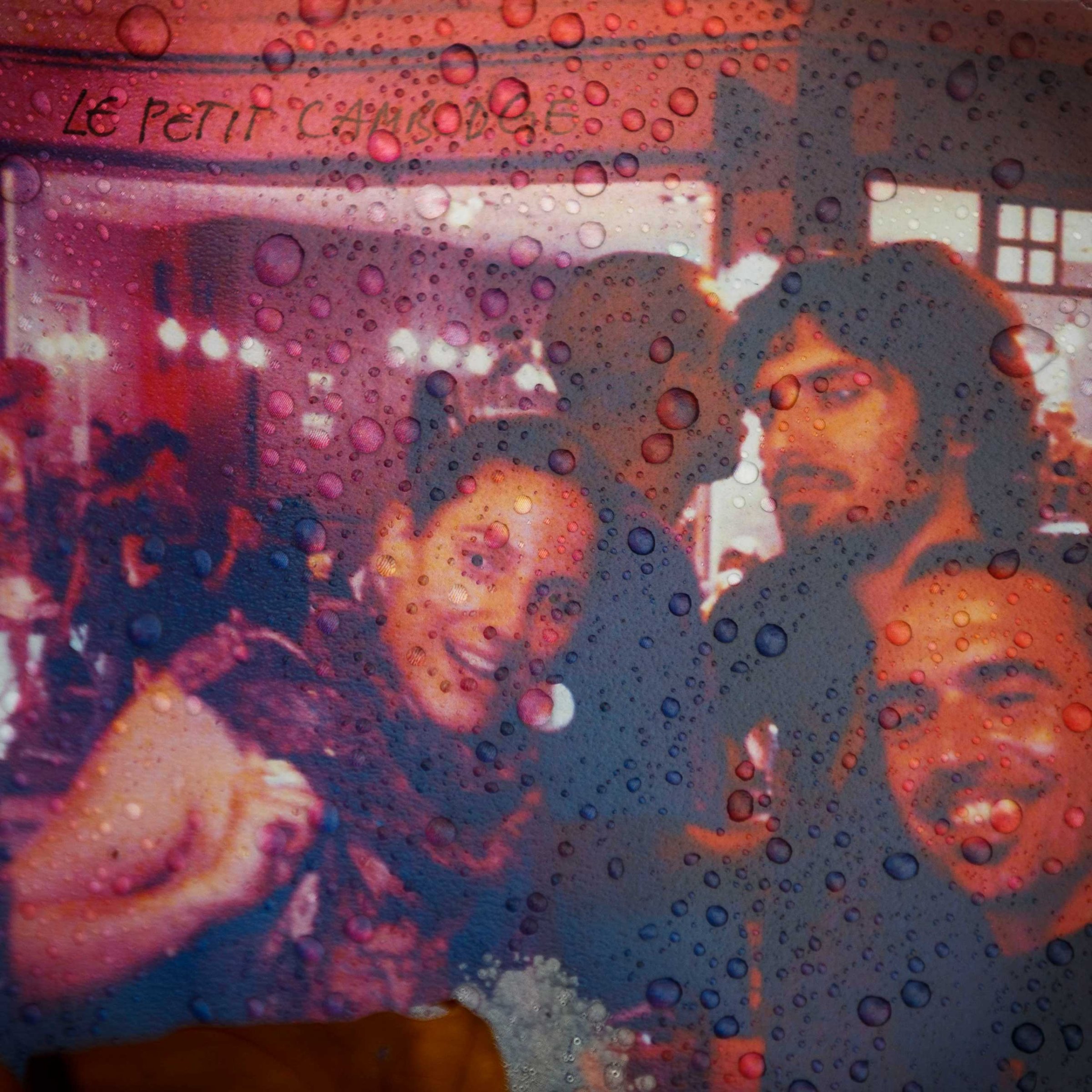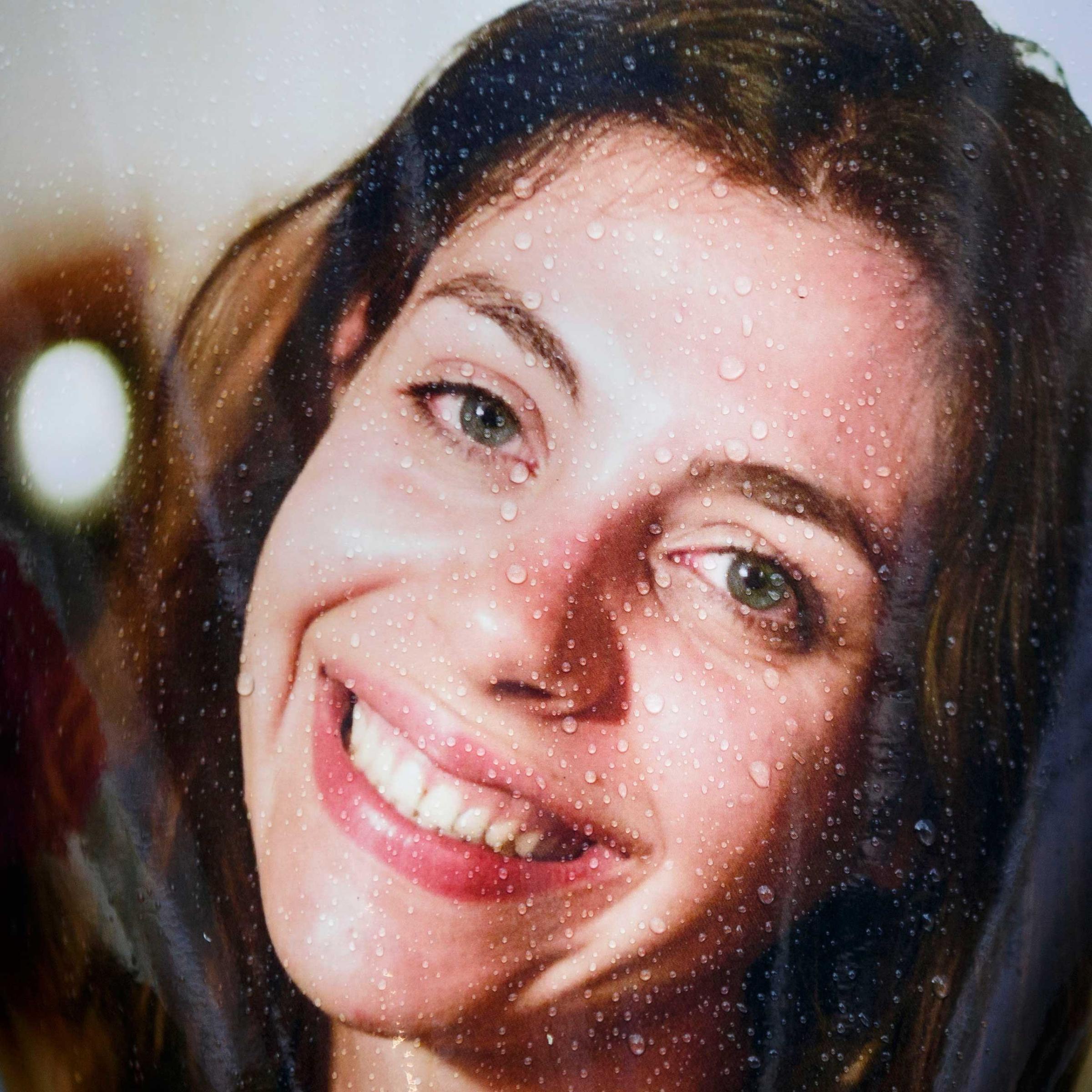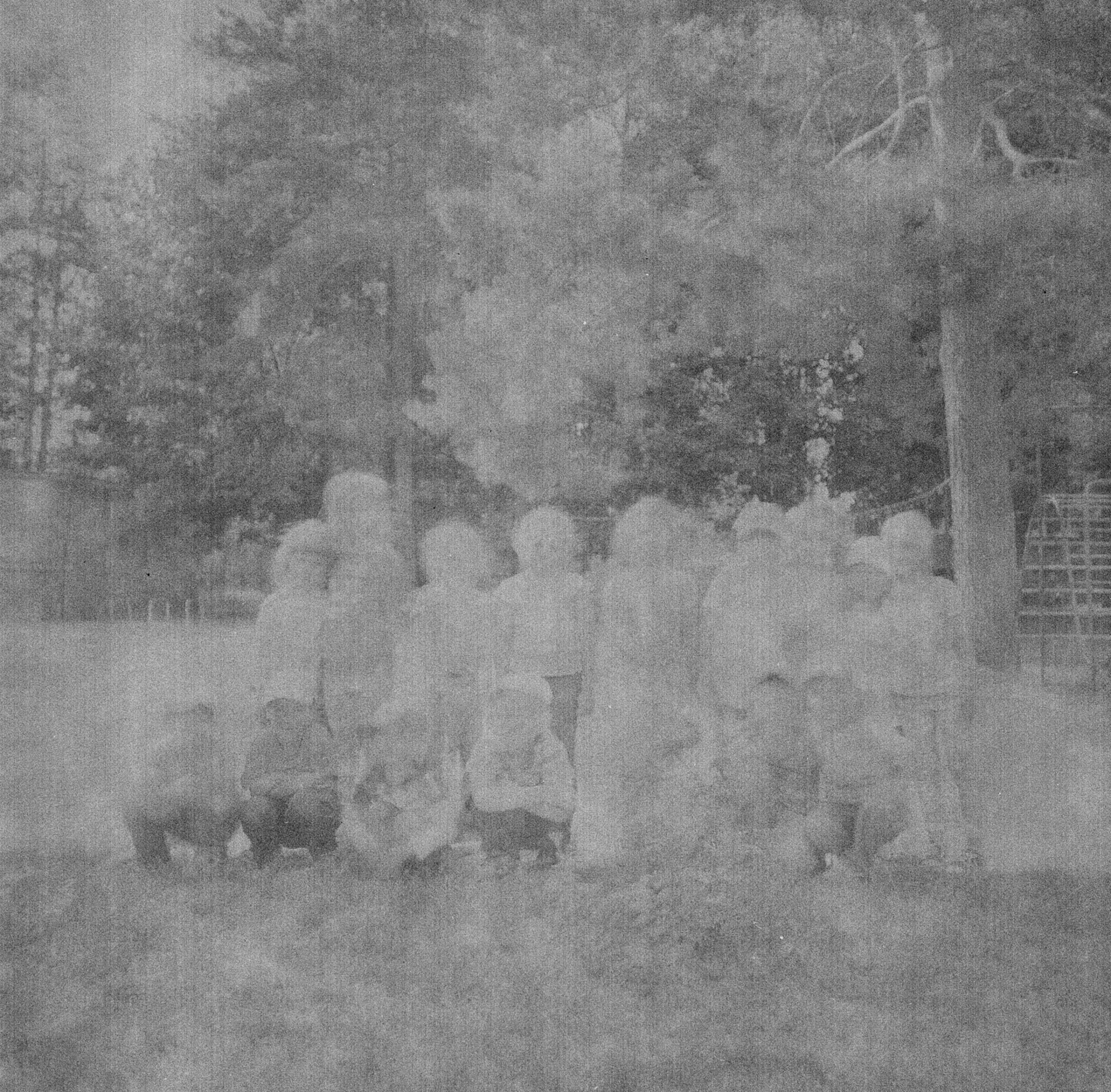
Just 24 hours after World Press Photo unveiled its 2015 winners, the Associated Press announced that it was withdrawing the third-prize People story that had been awarded to Daniel Ochoa de Olza for his work “Victims of Paris Attacks.”
For the AP, the series had been “submitted in error” and was withdrawn “because the originating photographers of the images had not given written permission for their use.”
Every year, the results of World Press Photo generate important conversations that bring the concerns of photographers and the aspirations for our industry to the table. This curation of images allows us to consider what we are, and what we want to become.
This year, I see a desperate lack of diversity in the winners, the ideas as well as the backgrounds and experiences of the photographers themselves. Plus, there seems to be a homogenized aesthetic approach to subjects. This is not a critique of the World Press Photo itself but of the industry that the contest reflects.
Read next: Associated Press Withdraws Winning World Press Photo Entry
“Victims of the Paris Attacks” was different. The series featured several vernacular photographs that had been chosen by the victims’ friends and family, and left at street memorials across the city. In the process of re-photographing, the images are transformed by the photographer’s artistic vision: we see the pixels of the photographs, the texture of the prints, as well as the large dewy raindrops collected on their plastic covers. We are not misled: it is clear that these are photographs of photographs.
It’s a simple, beautiful and moving way to tell this tragedy’s story. In his conceptual approach, it is not only the photojournalist who is the storyteller, but also the relatives of the victims. These are the pictures that they chose. This is how they saw their loved ones. This is how they wanted to represent those who died. Ochoa de Olza uses found photographs to illustrate the idea that the victims are as we are.
Instead of being represented through the visual clichés of traditional photojournalism, they are pulled from the pages of family albums or Facebook feeds. They are familiar, they are domestic, they evoke thoughts of how our own lives, cut suddenly short, might be represented postmortem.
“I truly felt that I identified with the victims,” Ochoa de Olza told me. “I am European as well, and I could have been in any of those places if I lived in Paris.”

Take, for example, the image of the beautiful young man peering at us through a half-smile. By the intimacy of his gaze, I imagine he must be looking at someone he loves, and not at a photojournalist. The raindrops add another layer, as if he was looking at us through a window on an overcast wet day, his nose almost touching the glass. “As a photographer, I knew I had to add a deeper and more poetic meaning to the mere reproduction of the images,” says Ochoa de Olza. “I waited for the rain to add a transforming element. A layer of rain drops on the surface of a photo makes that photo a different object; the rain, almost as tears, covered and blurred the pictures. I aimed to show both happiness in life and deep sadness for a terrible death.”
Read next: Photo of Refugee Family Wins World Press Photo of the Year
The artistic ownership belongs to the photographer. He recognized that images other than his own were the strongest way to represent what had happened in Paris on Nov. 13, 2015. “It seemed to me that there is no better way to represent the victims than through these mementos placed by their relatives,” he says. “The families put those images in a public space to be seen by the public and the press. Photographing them expands their original purpose.”
In this series, Ochoa de Olza is curator and photographer – and, I believe, this is part of the future of photojournalism. As photographers, we must find the best ways to tell stories, and curation can be a powerful tool that can move our audiences.
Ochoa de Olza is not the first photographer to take this approach. After the invasion of Afghanistan, Magnum photographer Thomas Dworzak collected glamour portraits of Taliban fighters left behind in photo shops. During the Libyan war, Guy Martin took a similar approach, photographing the portraits of missing sons, fathers, uncles, cousins, brothers and friends – each picture left behind by loving family members in search for answers.

“[These images] talk about what conflict is really about – the loss of loved ones and death,” says Martin. “The representation of that conflict, when using found or re-photographed family snapshots cuts the link between image maker and the event, it’s no longer about creating a ‘hyper real’ reportage, re-interpretation of what a war photo ought to look like from our collective memory of war photojournalism. It’s just about loss, plain and simple.”
Fred Ritchin, the Dean of the International Center of Photography, has talked about the importance of such photography. “Much of the important photojournalism of the last several years… has been done by amateurs,” he wrote. Why not embrace that and use our storytelling skills to curate these orphaned images?
Ochoa de Olza’s images have now been removed from the World Press Photo website and the Third Prize was awarded to another series of photographs that are as deserving of the award.
But this is especially disappointing in the context of this year’s contest because Ochoa de Olza’s work was one of a few projects that broke the homogeny of our industry’s traditional photojournalistic approach and aesthetic.
The removal also means that we have lost the opportunity to remember the lives of eight people who died in the attacks – and through them all victims of the Paris attacks.
Exposure by Kazuma Obara, which was awarded 1st Prize in the People series category, is the only other example of a diverse and unexpected photographic approach to a story that we know too well; the Chernobyl disaster. Through the faded and radioactive photos of a woman born near the abandoned nuclear station, Obara produces a powerful essay that instill the emotion often missing from the stories produced in and around Chernobyl over the last 30 years.

Photojournalism is about helping the public understand what’s happening in the world. More than just visual testimonies, photojournalism is about ideas, and I believe we desperately need more diversity in the way we approach it. We need to represent the world around us in a variety of ways; yes through traditional news photographs best embodied by organizations such as the AP, but also through inventive and new approaches such as with found and re-appropriated photographs. There is space for all of these different representations, and I have no doubt that World Press Photo, in its efforts to become a think-tank for photography, will create such a space for these approaches.
Perhaps the core of the problem is the imbalance of gender, race and ethnicity in our industry. Different eyes make different pictures of the world. Imagine an industry of image-makers as diverse as the communities they photograph, and the people they photograph for. This is a daunting task that would go a long way in combating a single homogenous dominant narrative.
Beyond objective storytelling, there is room for subjective and more personal narratives, as “Victims of the Paris Attacks” clearly showed. We need to dispense with the old adage: “This is the way we’ve always done it,” and remember that we, as photographers, are here to serve the story.
Anastasia Taylor-Lind is a photojournalist and artist currently undertaking a Nieman Fellowship at Harvard. She attended a World Press Photo workshop for young photographers in Vietnam in 2004 and was a participant in the organization’s Joop Swart Masterclass in 2011. She was a judge on the People jury for this year’s World Press Photo.
More Must-Reads from TIME
- Donald Trump Is TIME's 2024 Person of the Year
- Why We Chose Trump as Person of the Year
- Is Intermittent Fasting Good or Bad for You?
- The 100 Must-Read Books of 2024
- The 20 Best Christmas TV Episodes
- Column: If Optimism Feels Ridiculous Now, Try Hope
- The Future of Climate Action Is Trade Policy
- Merle Bombardieri Is Helping People Make the Baby Decision
Contact us at letters@time.com